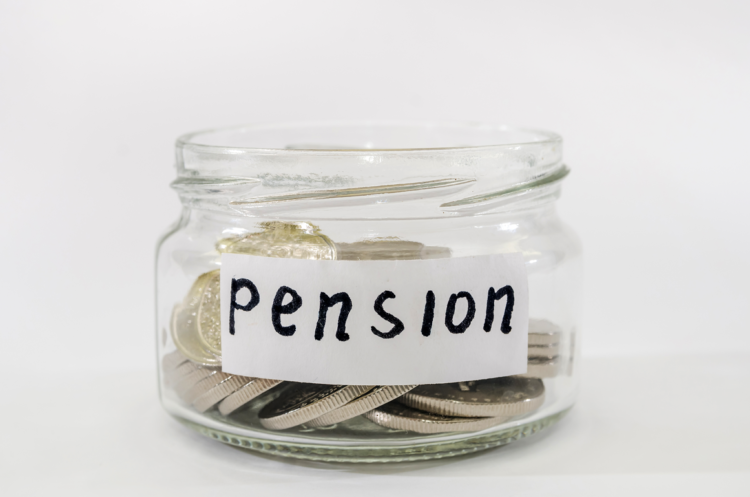The government has confirmed that auto-enrolment thresholds will be held at their current levels for the next year.
The decision was taken to “ensure the continued stability of the policy in light of the impact of Covid-19 and prevailing economic factors”.
Meanwhile, according to research released by The Pensions Regulator, the total asset value of occupational DC schemes is currently £143 billion. This is an increase of £29bn, or 26%, from the previous year and 546% since the start of 2012.
Occupational DC plans now have 26.3m participants, an increase of 1069 per cent since 2012. Since 2012, the average asset per membership has decreased by 66 per cent. Compared to £17,200 in 2012, they were £5,700 in January 2023.
Hargreaves Lansdown senior pensions and retirement analyst Helen Morrissey said: “Today’s statement will have come as no surprise given the enormous economic challenges people are facing. With budgets being squeezed like never before people are making difficult financial decisions based on balancing saving for their future with meeting their day-to-day living costs.
“Any move to increase the amount going into a pension by actively reducing or removing earnings limits may be enough to tip people over the edge and opt-out. However, it’s worth saying freezing the trigger and lower earnings limits will see more people being brought into auto-enrolment if they get a pay increase.
“Auto-enrolment has been an enormous success. Data published by The Pensions Regulator shows membership of DC schemes has soared an incredible 1069 per cent since it began.
“Aggregate assets have swelled but it is important to note that this is largely because more people are contributing – if we look at average assets per membership, they have gone down substantially though this could also be because we are seeing more people accumulate multiple pensions.
“It is clear there is more work to be done on auto-enrolment – we do need to find ways of getting people to contribute more and the government has come under pressure to outline a timetable for the introduction of the 2017 Auto-enrolment Review reforms which would certainly have a positive effect if they can be introduced at a point when this crisis has passed.”
Broadstone head of policy at leading independent consultancy David Brooks said: “The TPR data reveals the significant extent of consolidation in non-micro defined contribution pension schemes over the past decade with the number of occupational schemes dropping by two-thirds from over 3,660 in 2012 to less than 1,220 at the start of this year.
“In contrast, membership has shot up as auto-enrolment has funnelled more and more savers into pension schemes with over 26 million people now members of occupational DC schemes – a 13% increase compared to the start of last year. The vast majority (98 per cent) of these people are members of schemes with over 5,000 members as consolidation and master-trusts increasingly dominate the sector.
“Auto-enrolment created a nation of pension savers, which had a natural drag on average pot sizes as millions began their accumulation journey from scratch. However, it is pleasing therefore that we are now seeing average assets per membership start to tick up with an increase of 11% over the past year as the ratcheting up of minimum contributions starts to take effect.
“The risk to auto-enrolment remains complacency around low contribution rates which is why we’re so disappointed by the government’s rejection of MPs calls for a timetable setting out further increases to auto-enrolment contributions. It is a golden opportunity missed to capitalise on the burgeoning success of the programme and set workers on course for more comfortable retirements than is currently expected.
“We know the government is keen for more pension assets to be invested into infrastructure, unlocking this capital for the future of the country. However, the statistics show that 97% of members use the default fund where we know Trustees are often reluctant to allocate towards infrastructure. This is the extent of the government’s challenge when making the case that infrastructure investments will create value for members.”













